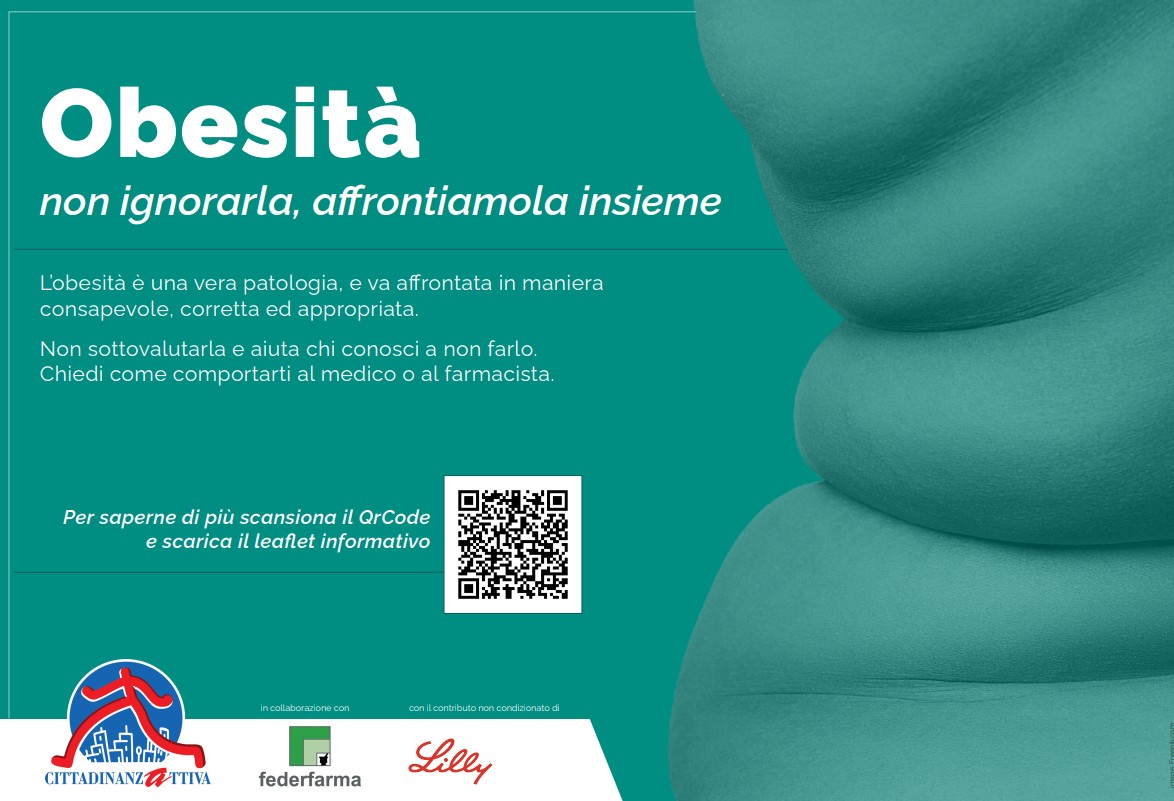ROMA (ITALPRESS) – The treatment and prevention of HIV are experiencing a profound transformation thanks to long-acting injectable drugs, so-called long-acting, capable of maintaining effectiveness and tolerance with only one administration every two months. It emerged from the 20th Congress of the European AIDS Clinical Society (EACS) which took place in the past few weeks in Paris, where dozens of studies were presented dedicated to new therapies and preventive strategies. For treatment, research confirms that long-acting therapies based on cabotegravir and rilpivirin, administered every two months, guarantee a 90% or more infection control, with very few cases of virological failure (less than 1%) and excellent tolerance. The Long-ICONA study, conducted as part of the Italian cohort ICONA, involved about a hundred people with HIV who passed from daily oral therapy to the bimonthly injectable combination of cabotegravir and rilpivirina. “This is a prospective study that evaluated not only virological response, but also specific biological parameters such as plasma concentrations of the drug and inflammatory markers – comments Andrea Giacomelli, infectious, University of Milan, Department of Biomedical Sciences and Clinics; ASST Fatebenefratelli Sacco; SIMIT Adviser – The results show that there is no significant variation of systemic inflammation and levels of medication always above the efficacy threshold, confirming the safety of treatment over time. Moreover, no participant has presented suboptimal concentrations of drug.” Among the works presented at EACS 2025, a metaanalysis of observational studies on the use of cabotegravir/rilpivirina in real life in more than 2 thousand people with HIV and the VOLITION study, which explored among health professionals the perception and feasibility of injectable therapy. ‘Methanalysis confirms an effectiveness greater than 90% to 12 months, with virological failure rates around 1% and pain-related interruptions on the injection site. VOLITION, on the other hand, has collected the opinions of the clinicians, who consider this simple and manageable strategy, even in the early stages of the treatment – explains Andrea Giacomelli – It is a new important opportunity of choice for the person with HIV: being able to pass from a daily oral therapy to a bimonthly controlled administration from the center represents a paradigm change”. Data on the concrete application of the treatment with cabotegravir and rilpivirina have also emerged from the SCohoLART study of IRCS San Raffaele in Milan, which followed 549 people with HIV virologically suppressed for a 24-month median after the passage to the injectable therapy long-acting.“We observed that 99% of patients maintain viral suppression after two years, with only six cases of fault The adhesion is very high: over 98% of the injections were carried out in the planned window, thanks to the direct monitoring by the center. The study also highlighted an improvement in the immunological profile, with an increase in the CD4/CD8 ratio linked to a reduction in CD8 lymphocytes, and benefits on the metabolic and kidney level: reduction of LDL cholesterol and improvement of kidney function, without weight variations. These results tell us that long-acting therapy is not only effective and tolerated, but also capable of preserving metabolic and immunological balance over the long term.” As for the long-acting Prophylaxis (PrEP) options, in particular, it emerged that the cabotegravir long acting stands out for better tolerance than other formulations: the CLARITY study shows that 90% of participants, after trying a single dose of both treatments, and 86% of health professionals, expressed a preference for cabotegravir. CLARITY has involved 63 adults without HIV infection in a crossover (every participant has received both formulations at different times): a single intramuscular injection of cabotegravir and two subcutaneous injections of lenacapavir. From the results interesting data emerged: 69% of participants judged cabotegravir “very or totally acceptable”, against 48% for lenacapavir; 90% of participants and 86% of doctors preferred cabotegravir; reactions on the injection site (nodules, redness, swelling) were 4,4 times more frequent with lenacapavir than cabotegravir; in general, no serious adverse event was recorded. “In the CLARITY study we have the first direct comparison between two injectable options for PrEP – explains Davide Moschese, infectious Hospital L. Sacco, Milan -. Both extremely effective in preventing HIV infection, but the preference for cabotegravir shows how tolerability and acceptability depend on your perception. Although these are preliminary results, these data show a first step towards an increasingly personalized approach to prevention that can be achieved exclusively with the availability of different strategies that adapt to the needs and perceptions of the individual.” “The results of the CLARITY study are the first randomized data on the comparison of tolerance and acceptance between the two main options of injectable PrEP – comments Valentina Mazzotta responsible for the long-termined counseling, testing and addition Understanding differences in perception and acceptability helps people and their physicians choose what best suits their lifestyle, building effective and sustainable prevention. The long-term results will help us understand whether these differences will be maintained over time and how they can affect adherence to real practice.” “The CLARITY study once again highlights how the person should be at the center of preventive choices – adds Silvia Nozza, infectious, San Raffaele Hospital, Milan –. The feeling of normality and well-being, even compared to the pain that is felt in the injection point and to small side effects, the importance of limiting the stigma, are crucial elements: prevention works if people accept it.” In addition to the CLARITY study, the first European data were presented in clinical practice, in real world, on the use of cabotegravir long acting for PrEP. The research, conducted by Sacco hospitals in Milan and by INMI Spallanzani in Rome, involved more than 300 people who chose PrEP injectable within an extended access program. The results show excellent tolerance, with local reactions for most mild and transient; no new HIV infection registered after a 28-week median; 92% treatment continuity rate; Moreover, reasons for interruption were only for a third related to the drug’s tolerability, while much more often they were linked to the change of personal exposure conditions at risk of HIV (such as entry into a stable monogamous relationship).“We preferred access to injectable PrEP for people who could not or did not want to use oral PrEP, such as those who had intolerance or difficulty of adhesion – explains Davide Moschese high acceptability, no infection, and an adherence greater than 90%. It is a strong signal of the potential of this new mode of prevention, which allows to reduce constraints and offer greater freedom and lasting protection.”.
– Photo Diessecom –
(ITALPRESS).






